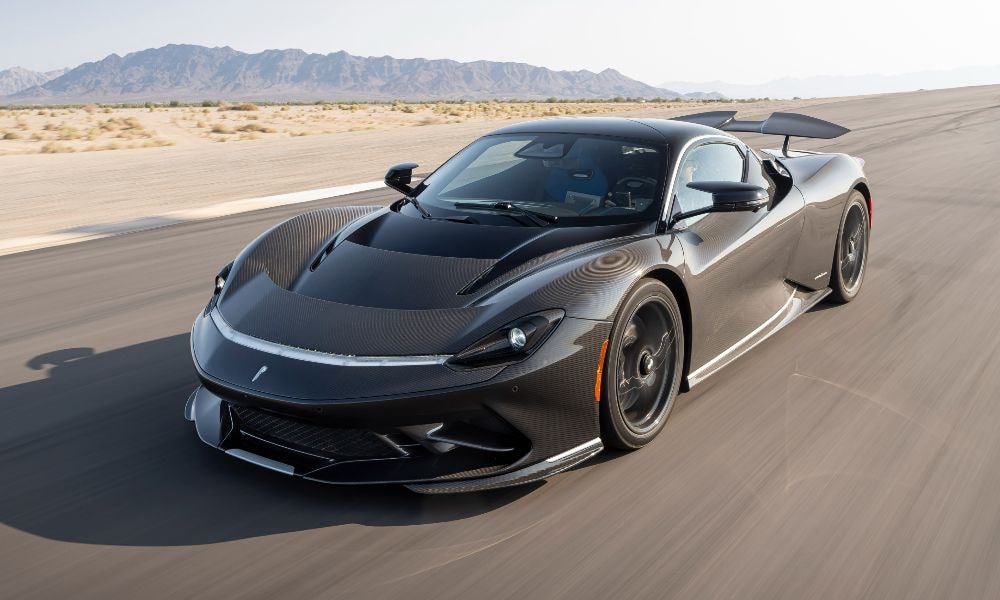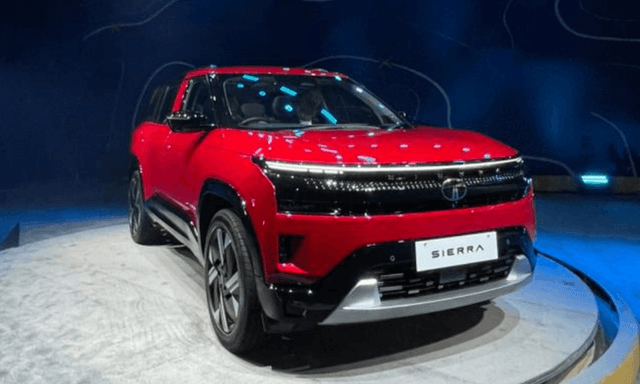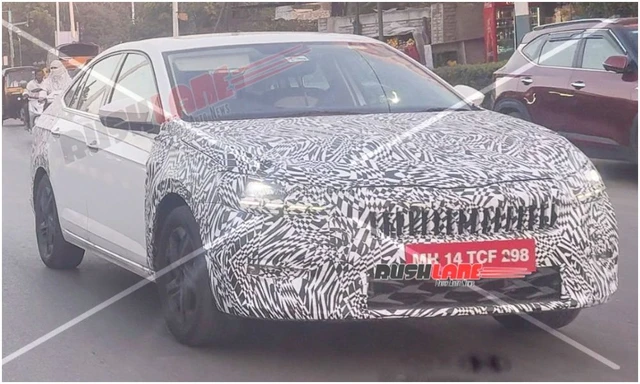World Environment Day 2023: 5 Most Powerful Electric Cars In The World

The history of the electric car is almost as old as the history of the automobile itself. Early examples of electric propulsion in cars has dated back to the 1800s with many brands – some now defunct – over the years offering EVs through the course of the last century. However, it is only now with tightening regulations that EVs have started to properly come into their own with models in almost every segment of the market from family cars to ultra-fast hypercars. Here we take a look at some of the most powerful EVs currently in the world.
Do note that the vehicles listed here are ones that are being delivered to customers or will commence deliveries in 2023.
Lotus Evija – 2011 bhp
Unveiled in 2019, the Evija was Lotus’ first all-electric hypercar and first all-new model in over a decade. The flagship of Lotus’ line-up, the Evija is limited to just 130 units and is not lacking in power. The all-wheel drive powertrain pushes out 2011 bhp and 1704 Nm with Lotus claiming a sub 3 second 0-100 kmph time and a 350 kmph top speed. Lotus also unveiled a Fittipaldi edition of the already limited-run model to commemorate the F1 driver’s championship victory with Lotus in 1972. The car wore the Black and Gold John Player Special livery of the Lotus Type 72 and was limited to just 8 units.
Aspark Owl – 1953 bhp
The Aspark Owl is an electric hypercar from Japan that is just as fast as it looks. With 1953 bhp and 1920 Nm on tap from a quad-motor set-up, it’s torquier than the Lotus and faster with a 1.91-sec sprint to 100 kmph and a 413 kmph top speed. Like the Lotus the Owl too is going into limited production – just 50 being made, with the car already in the Guinness book of world records for the fastest average speeds over the quarter-mile and eight-mile.
Rimac Nevera – 1888 bhp
The Rimac Nevera is one of the torquiest car here though it falls to third in the list of horsepower. The all-wheel drive powertrain pushes out 1888 bhp and 2360 Nm of torque and can push the car to a 1.81 sec 0-100 kmph sprint. The Rimac team says that they have achieved numbers such as a 8.582-second quarter-mile run and a 258 mph (415 kmph) mile top speed making it one of the fastest EVs out there.
Pininfarina Battista – 1874 bhp
Mahindra-owned Pininfarina’s Batista develops 1874 bhp and 2300 Nm of torque placing it just shy of the lightning-quick Rimac. The company claims that the hypercar is capable of sprinting from 0-100 kmph in 1.86 seconds and onto a top speed of 350 kmph.
Lucid Air Sapphire – 1183 bhp+
While the rest of the cars on this list are sleek two-seat high-performance models, the Lucid Air breaks the mould. The Lucid Air Sapphire is the most performance-focused variant of the Lucid Air electric luxury sedan featuring a tri-motor set-up claimed to deliver in excess of 1183 bhp. Lucid says it will hit 98 kmph in under 2 seconds and hit a top speed of 322 kmph putting it squarely in high-performance car territory. The Air Sapphire also gets its own bespoke suspension tune over lower variants replete with a wider track and wider tyres.
Honorable mention
Nio EP9 (1341 bhp)
Chinese firm NextEV’s Nio EP9 is one of the most expensive EVs ever and at 1341 bhp is also every bit a contender in this list. Unveiled back in 2016, the EP9 is also being produced in limited numbers and was developed in collaboration with the NextEV Formula E team. Only 6 EP9s are every being made though none will be road legal
Deus Vayanne (2213 bhp)
Unveiled in 2022, the Vayenne is destined to become the most powerful production EV in the world. The tri-motor powertrain – one on the front axle and two on the rear – delivers a jaw-dropping 2213 bhp and 2040 Nm of torque with Deus claiming a 400 kmph+ top speed a sub 2 second 0-100 kmph time. The only reason this car isn’t on the main list is that it’s not yet in production. Deliveries are only expected to start in 2025.
Trending News
Latest News
 car&bike Team | Dec 14, 2025Top-Spec Tata Sierra Accomplished, Accomplished+ Prices RevealedRegardless of the powertrain combination chosen, all Tata Sierra Accomplished+ trims cost upwards of Rs 20 lakh (ex-showroom).2 mins read
car&bike Team | Dec 14, 2025Top-Spec Tata Sierra Accomplished, Accomplished+ Prices RevealedRegardless of the powertrain combination chosen, all Tata Sierra Accomplished+ trims cost upwards of Rs 20 lakh (ex-showroom).2 mins read car&bike Team | Dec 13, 2025Skoda Slavia Facelift Spied Testing Again Ahead Of DebutThe facelifted Slavia is expected to debut in 2026 as Skoda-VW India looks to refresh its India 2.0 range.1 min read
car&bike Team | Dec 13, 2025Skoda Slavia Facelift Spied Testing Again Ahead Of DebutThe facelifted Slavia is expected to debut in 2026 as Skoda-VW India looks to refresh its India 2.0 range.1 min read car&bike Team | Dec 13, 20252026 MG Hector Facelift Interior Previewed Ahead Of DebutLatest teaser video of the upcoming Hector facelift suggests minimal cosmetic changes to the interior as well as reveals a new alloy-wheel design.1 min read
car&bike Team | Dec 13, 20252026 MG Hector Facelift Interior Previewed Ahead Of DebutLatest teaser video of the upcoming Hector facelift suggests minimal cosmetic changes to the interior as well as reveals a new alloy-wheel design.1 min read Jaiveer Mehra | Dec 13, 2025Passenger Vehicle, Two-Wheeler Sales Surge In November 2025: SIAMBoth segments reported a growth in the region of 20 per cent, though year-to-date sales growth in FY2026 was notably flatter at around 3 per cent.1 min read
Jaiveer Mehra | Dec 13, 2025Passenger Vehicle, Two-Wheeler Sales Surge In November 2025: SIAMBoth segments reported a growth in the region of 20 per cent, though year-to-date sales growth in FY2026 was notably flatter at around 3 per cent.1 min read car&bike Team | Dec 12, 2025Nissan Entry MPV Design To Be Unveiled On December 18New MPV to be the first of three new models for India by Nissan, alongside the Tekton and a three-row SUV.1 min read
car&bike Team | Dec 12, 2025Nissan Entry MPV Design To Be Unveiled On December 18New MPV to be the first of three new models for India by Nissan, alongside the Tekton and a three-row SUV.1 min read Jaiveer Mehra | Dec 12, 2025New Mini Convertible Launched At Rs 58.50 LakhDrop-top variant of the iconic Cooper hatchback available in a single Cooper S spec.1 min read
Jaiveer Mehra | Dec 12, 2025New Mini Convertible Launched At Rs 58.50 LakhDrop-top variant of the iconic Cooper hatchback available in a single Cooper S spec.1 min read
 Janak Sorap | Dec 11, 2025Harley-Davidson X440 T First Ride Review: Smarter and SharperHarley-Davidson has taken the X440 and given it a more focused and engaging twist. The result is the X440 T—essentially the same platform but updated in areas that give the motorcycle more appeal and riders more thrill.5 mins read
Janak Sorap | Dec 11, 2025Harley-Davidson X440 T First Ride Review: Smarter and SharperHarley-Davidson has taken the X440 and given it a more focused and engaging twist. The result is the X440 T—essentially the same platform but updated in areas that give the motorcycle more appeal and riders more thrill.5 mins read Shams Raza Naqvi | Dec 10, 20252025 Mini Cooper Convertible Review: More Colour On Indian RoadsThe updated Mini Cooper Convertible is set to be launched in the Indian market in the next few days. We drive it around Jaisalmer for a quick review.1 min read
Shams Raza Naqvi | Dec 10, 20252025 Mini Cooper Convertible Review: More Colour On Indian RoadsThe updated Mini Cooper Convertible is set to be launched in the Indian market in the next few days. We drive it around Jaisalmer for a quick review.1 min read Bilal Firfiray | Dec 8, 2025Tata Sierra Review: India’s New Favourite?Marking its return after a few decades, the reborn Sierra has made everyone sit up and take notice. But is it worth the hype?10 mins read
Bilal Firfiray | Dec 8, 2025Tata Sierra Review: India’s New Favourite?Marking its return after a few decades, the reborn Sierra has made everyone sit up and take notice. But is it worth the hype?10 mins read Girish Karkera | Dec 4, 20252026 Honda Prelude First Drive: Domesticated Civic Type RA sporty-looking coupe built to give customers a taste of performance but not at the expense of everyday practicality.5 mins read
Girish Karkera | Dec 4, 20252026 Honda Prelude First Drive: Domesticated Civic Type RA sporty-looking coupe built to give customers a taste of performance but not at the expense of everyday practicality.5 mins read Seshan Vijayraghvan | Nov 29, 2025Mahindra XEV 9S First Drive Review: Big Electric SUV, Bigger ExpectationsThe XEV 9S lands at a time when the EV crowd is growing fast. It’s a big, born-electric, three-row SUV that starts under 20 lakh. It sits close to the XUV700 in size, but the brief is very different. Here’s what it’s like on the road.11 mins read
Seshan Vijayraghvan | Nov 29, 2025Mahindra XEV 9S First Drive Review: Big Electric SUV, Bigger ExpectationsThe XEV 9S lands at a time when the EV crowd is growing fast. It’s a big, born-electric, three-row SUV that starts under 20 lakh. It sits close to the XUV700 in size, but the brief is very different. Here’s what it’s like on the road.11 mins read

































































































































